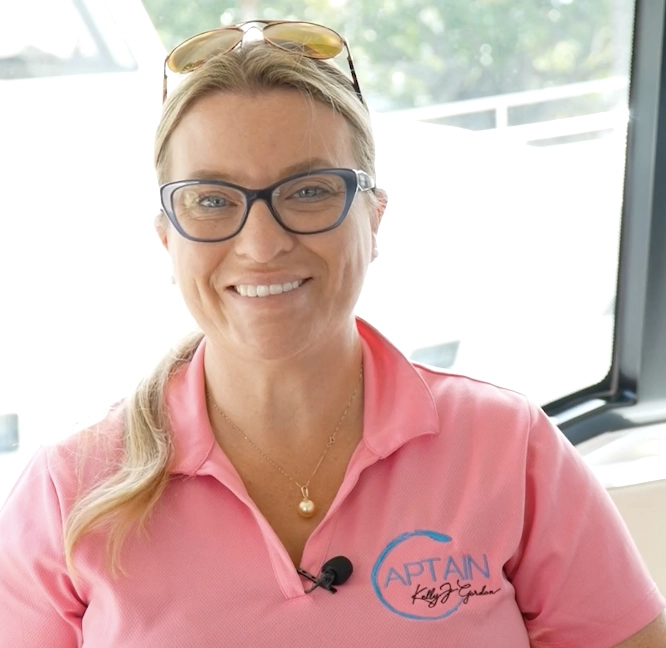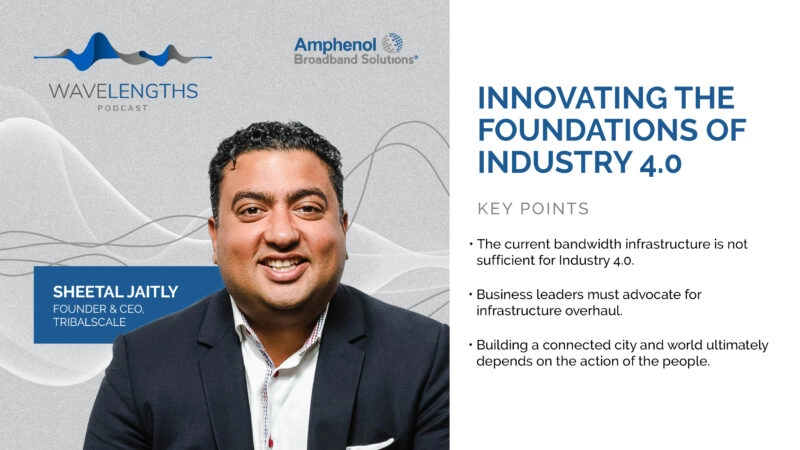Wavelengths: Has Federal Funding Solved Rural Broadband Connectivity Issues?
The availability of broadband in rural areas remains a big area of concern. The Federal Communications Commission (FCC) has seemingly addressed the issue by providing funding through RDOF, or the Rural Digital Opportunity Fund, but the initiative isn’t exactly foolproof.
In this new episode of Wavelengths, an Amphenol Broadband podcast, host Daniel Litwin chatted with Dr. Christopher Ali, an associate media studies professor at the University of Virginia, and author of “Farm Fresh Broadband: The Politics of Rural Connectivity.” He emphasized that while RDOF is a sign that rural broadband and connectivity has a bright future to stay on pace with urban connection, the companies that can truly solve the issue are not benefactors of the fund. Dr. Ali said that the same companies manage to make it to the top ten of fund recipients, which prevents the more suitable companies from getting adequate funding.
“One of the concerns that I have around this particular first round of RDOF is, ‘Have we just been funding what I call the largest and the loudest providers at expense of the local and regional providers — who have been the ones doing a lot more of the fiber to the home, fiber to the node, fiber to the curb, fiber to the tower — in recent years than the largest providers have?’” questioned Dr. Ali.
As continued RDOF funding consistently goes to these more familiar companies, it strands companies that can truly address the rural broadband gaps.
It is through mapping that the FCC is able to point out and target rural areas in need. But Dr. Ali said that this method is not that reliable, “I think one of the things that concerns me with all this money coming down the pipe, is that we are still using bad maps.”
This became a glaring issue when demands for video conferencing arose during the pandemic, exposing poor connectivity across some regions.
“I worry that where is this money going, literally, in the geography of the United States, and are we going to see uninhabited areas be funded for broadband,” said Dr. Ali.




